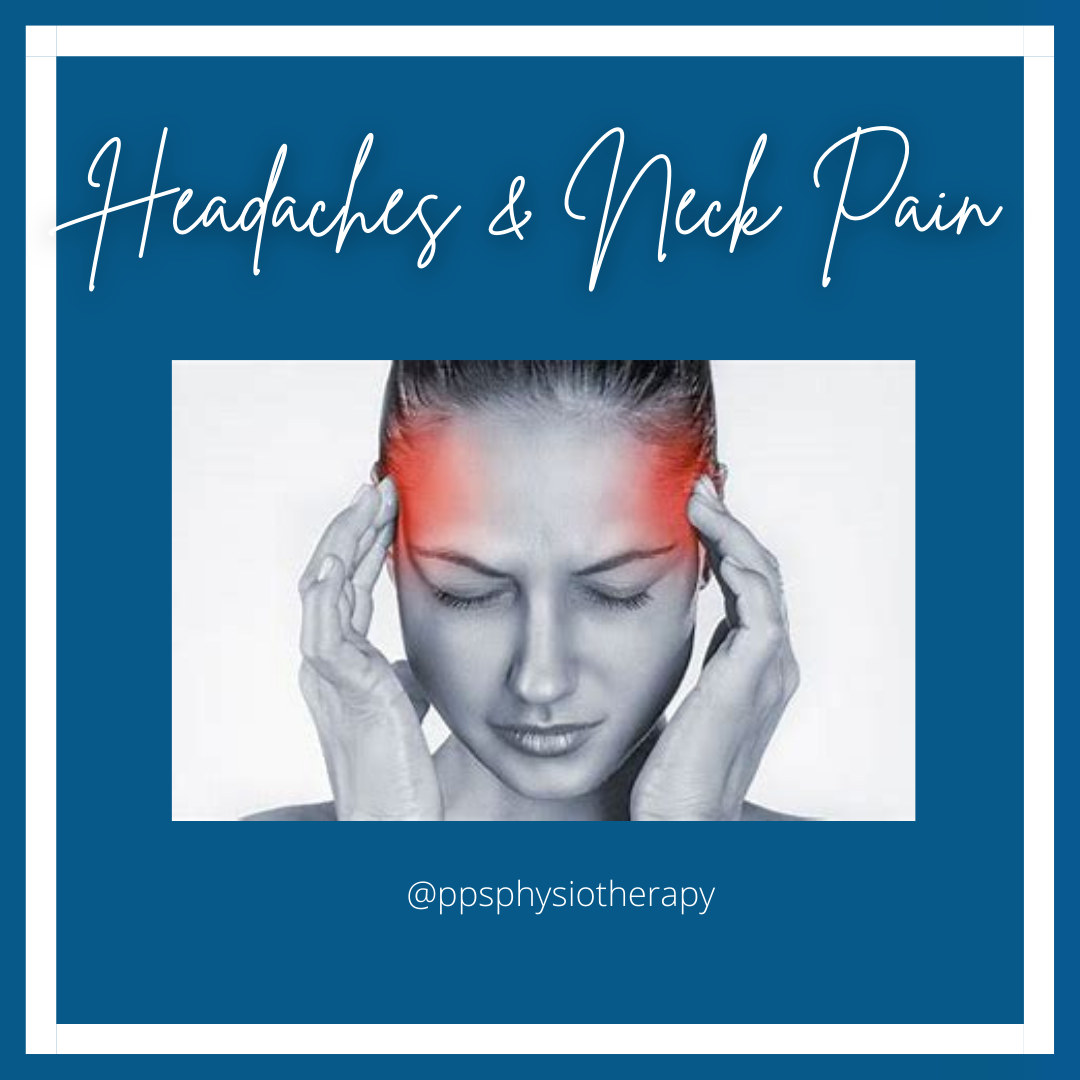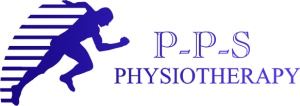Headaches and neck pain are very common complaints that we see in the clinic and they can be debilitating. It is estimated that in Australia 4.9 million people will experience a migraine and up to 7 million will suffer from tension-type headache. According to the World Health Organisation the prevalence of migraines worldwide is around 10-15% per year, with 21 episodes of a migraine being the average per year for one individual. They also report 60% of the population to suffer from tension-type headaches in one year. All migraine sufferers and 60% of tension-type headache sufferers report a reduction in daily life such as ability to work or fulfil social activities. All of these statistics demonstrate how much of a burden on the healthcare system headaches can be. So, what causes headaches and how can we alleviate our symptoms?
Head and neck anatomy explained (see below):
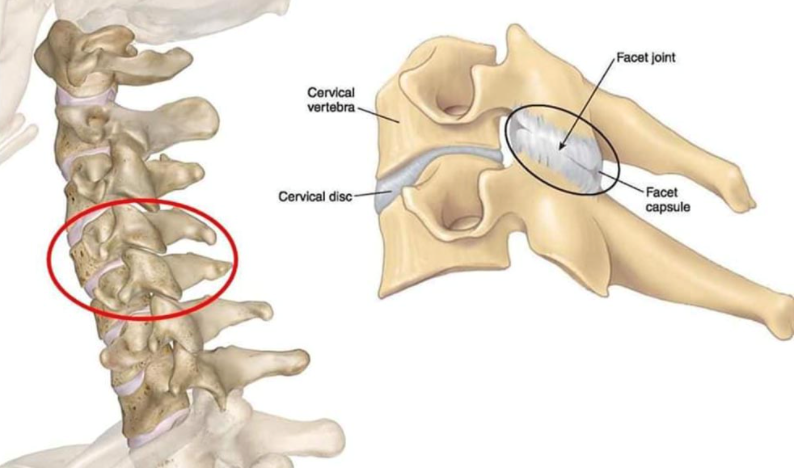
The above picture shows a facet joint in the neck. This is a joint between two vertebrae in your spine. Facet joints are quite mobile joints and as a result they can be susceptible to inflammation. When this joint becomes inflamed it can cause pain in the neck (especially when pressure is placed on the joint), loss of motion in the neck and muscle spasm. These symptoms combined can lead the individual to experience a headache.

This image shows the muscles we call the sub-occipital muscle group. These muscles sit at the back of the head and attach right into the base of the skull. The area over these muscles is a very common area of pain and discomfort in those suffering from a cervicogenic headache. When these muscles go into a spasm they can also irritate the nerves around them, this can lead to a tension or migraine like headache.
Here are classifications of the 3 most common types of headaches we see as physiotherapists:
- Migraine
- Moderate to severe intensity
- Can last for 4-72 hours
- Presents with throbbing or pulsing through the front and around the sides of the head
- May also experience nausea and visual changes (sensitivity to light, blurred vision)
- Tension-type headache
- Mild to moderate intensity
- Can last 30 minutes to 7 days
- Experiences pain on both sides of the head and feels like pressing or tightening
- Soreness in the shoulder and neck regions is common
- Cervicogenic headache
- Moderate to severe intensity
- Can last for 1 hour to weeks
- Exacerbated by neck movement and postures
- Caused by disorders effecting the spine (bone, disc or soft tissue)
How can you manage your headache?
As a physiotherapist there are many treatments we can use to help alleviate your headache symptoms. To start off with, we would perform a detailed assessment made up of specific questioning and movements/tests to determine what could be contributing to your pain and to classify your headache.
If you are suffering from reduced movement, muscle spasm or pain through the muscles of the neck and shoulders we can provide you with manual therapy or exercise.
Massaging can help relax strained muscles that could be a main contributing factor to your headache. A study performed on patients suffering with tension- type headaches showed that providing a deep smooth gliding movement over the head and neck helped to release the suboccipital muscle group and helped reduce some of their pain.
Dry Needling is another form of treatment that can help in neck pain and headaches. Dry needling is a technique where a very fine needle or an acupuncture needle is inserted into the skin and muscle. Your physiotherapist will find a trigger point in your muscle and push the needle in and out of this a couple of times. Sometimes you may experience a twitch in the muscle in response to this, the twitch eases the neural drive to the muscle which is the main culprit of the muscle feeling really tight and sore. Dry needling works to increase blood flow to the area which aids in healing and it has also been shown to assist in muscle regeneration.
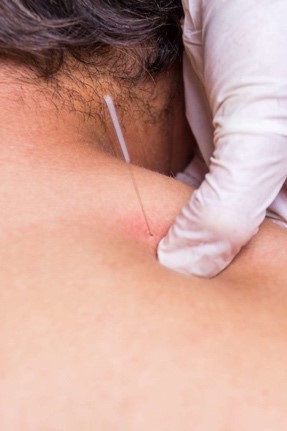
Joint mobilisations can help ease some symptoms of neck pain and headaches. As discussed above sometimes the culprit of your pain may be a facet joint. When this is the case the joint can get stiff and sore, joint mobilisations can help to promote easier movement in the joint. By providing joint mobilisations it can help to increase your mobility in the neck and offload some of the structures surrounding to reduce your pain.
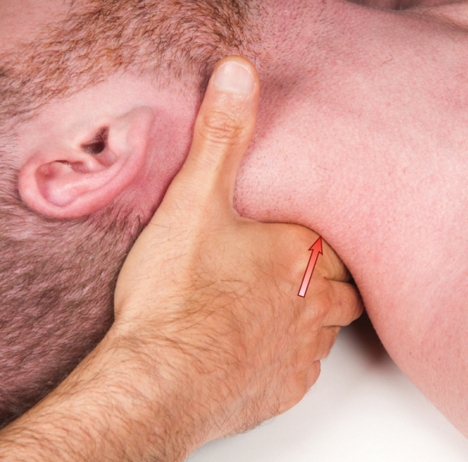
Exercise is an integral part to all physiotherapy treatment. In neck pain and headaches, it is really important to restore full range of motion in the neck and also work on strengthening the muscles. To achieve this your physiotherapist would assess your situation and symptoms to determine what exercises would be best suited to you. Some of these could be mobility exercises, gentle stretching and a gradual strengthening program. All of these exercises will work to restore you back to your baseline levels, relieve the symptoms of your headache and neck pain and prevent future recurrence.
- Brooke Sullivan (Physiotherapist)

